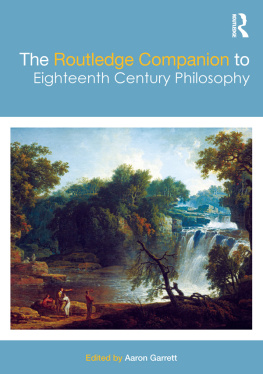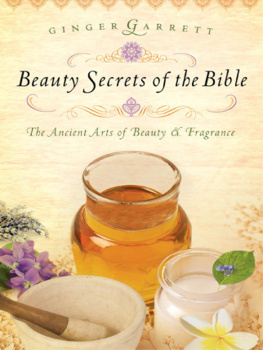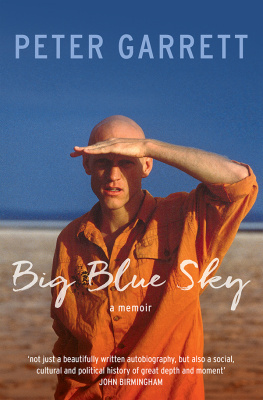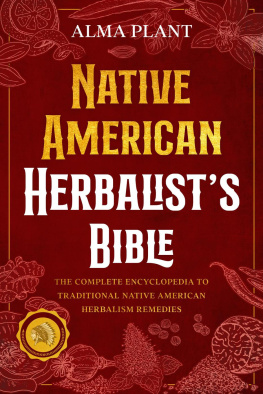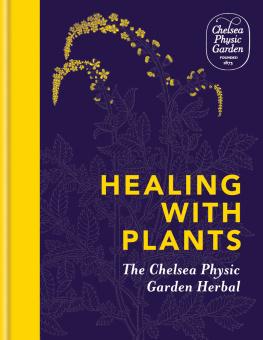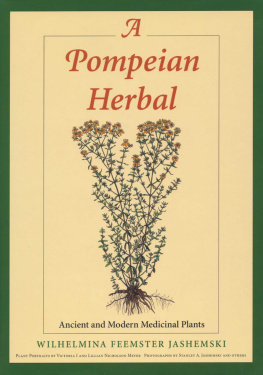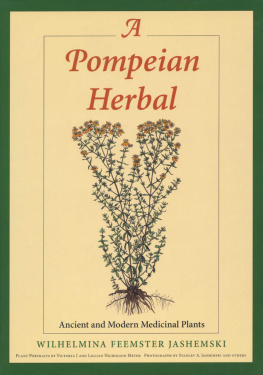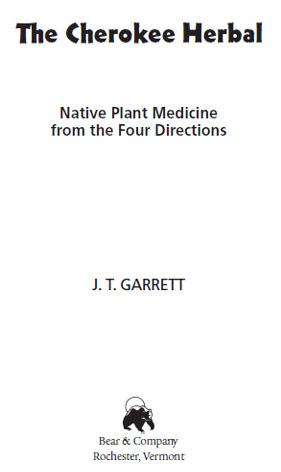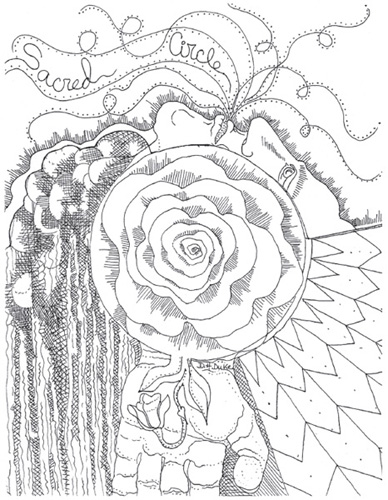Garrett - The Cherokee herbal : native plant medicine from the four directions
Here you can read online Garrett - The Cherokee herbal : native plant medicine from the four directions full text of the book (entire story) in english for free. Download pdf and epub, get meaning, cover and reviews about this ebook. City: Rochester, Vt., Southeastern United States, United States, year: 2003, publisher: Inner Traditions;Bear & Company, genre: Home and family. Description of the work, (preface) as well as reviews are available. Best literature library LitArk.com created for fans of good reading and offers a wide selection of genres:
Romance novel
Science fiction
Adventure
Detective
Science
History
Home and family
Prose
Art
Politics
Computer
Non-fiction
Religion
Business
Children
Humor
Choose a favorite category and find really read worthwhile books. Enjoy immersion in the world of imagination, feel the emotions of the characters or learn something new for yourself, make an fascinating discovery.

- Book:The Cherokee herbal : native plant medicine from the four directions
- Author:
- Publisher:Inner Traditions;Bear & Company
- Genre:
- Year:2003
- City:Rochester, Vt., Southeastern United States, United States
- Rating:5 / 5
- Favourites:Add to favourites
- Your mark:
The Cherokee herbal : native plant medicine from the four directions: summary, description and annotation
We offer to read an annotation, description, summary or preface (depends on what the author of the book "The Cherokee herbal : native plant medicine from the four directions" wrote himself). If you haven't found the necessary information about the book — write in the comments, we will try to find it.
Details the uses of over 450 plants for the treatment of over 120 ailments.
Written by the coauthor of Medicine of the Cherokee (40,000 copies sold).
Explains the healing elements of the Four Directions and the plants associated with them.
Includes traditional teaching tales as told to the author by Cherokee Elders.
In this rare collection of the acquired herbal knowledge of Cherokee Elders, author J. T. Garrett presents the healing properties and medicinal applications of over 450 North American plants. Readers will learn how Native American healers utilize the gifts of nature for ceremonial purposes and to treat over 120 ailments, from the common cold to a bruised heart. The book presents the medicine of the Four Directions and the plants with which each direction is associated. From the East comes the knowledge of heart medicine--blood-building tonics and plants for vitality and detoxification. The medicine of the South focuses on the innocence of life and the energy of youthfulness. West medicine treats the internal aspects of the physical body to encourage strength and endurance, while North medicine offers a sense of freedom and connection to the stars and the greater Universal Circle. This resource also includes traditional teaching tales to offer insights from Cherokee cosmology into the origin of illness, how the animals found their medicine, and the naming of the plants
Garrett: author's other books
Who wrote The Cherokee herbal : native plant medicine from the four directions? Find out the surname, the name of the author of the book and a list of all author's works by series.

